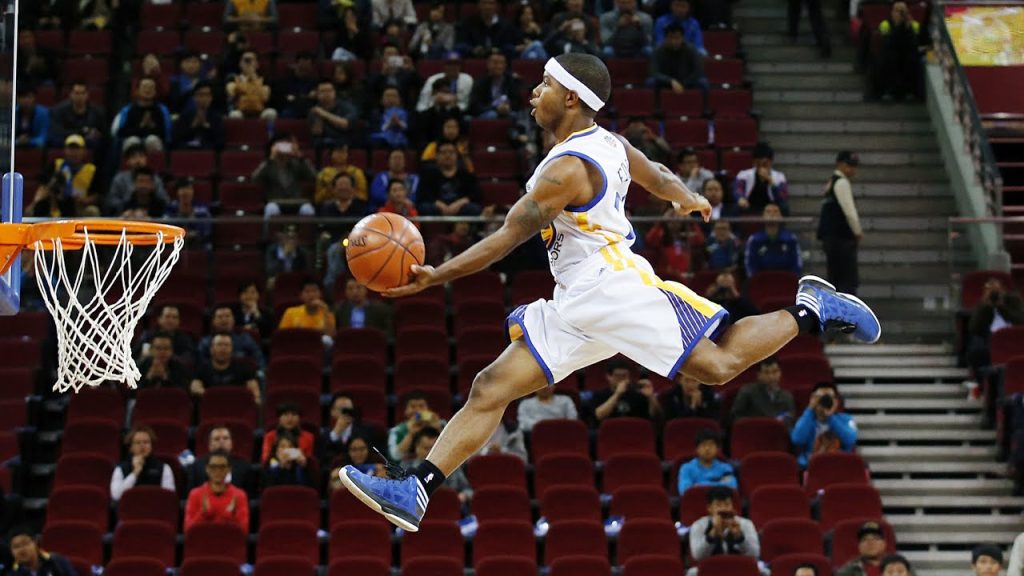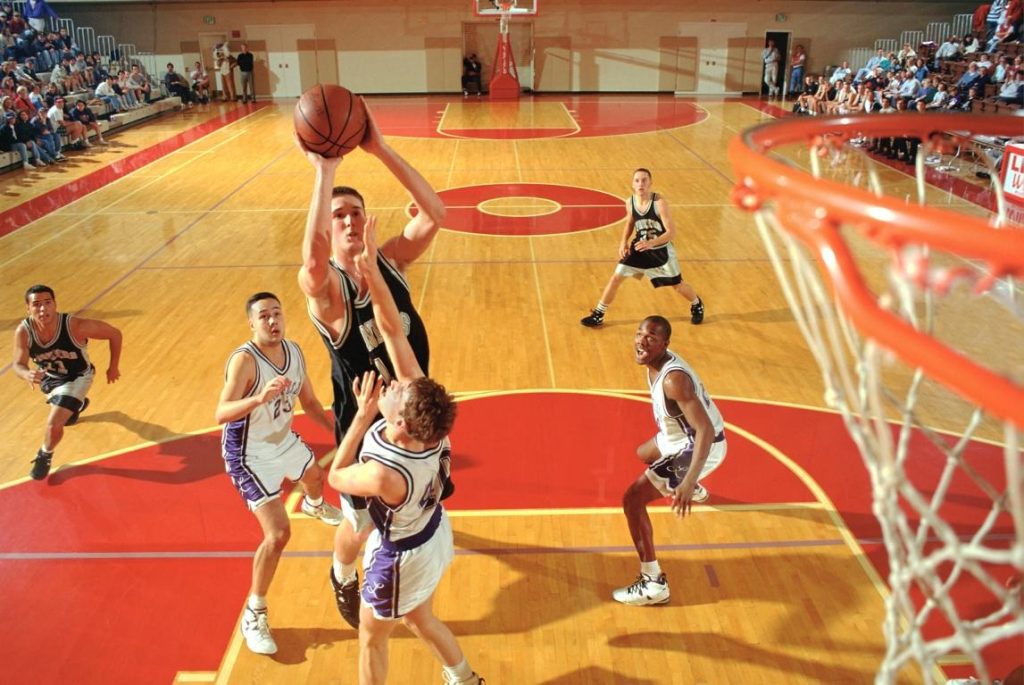Introduction
Basketball is one of the most popular and widely played sports in the world, known for its fast-paced action, strategic gameplay, and high-energy competition. While the game may seem straightforward to many, it is governed by a set of well-defined rules and regulations that ensure fairness, consistency, and an organized flow of play. Understanding these rules is crucial for players, coaches, referees, and even spectators who want to enjoy the game fully. This guide explores the fundamental rules and regulations of basketball, covering key aspects such as the court layout, player roles, scoring, fouls, and game structure.

The Court And Game Setup
A standard basketball court measures 94 feet in length and 50 feet in width for professional leagues such as the NBA, while international courts may be slightly smaller at 91.86 feet by 49.21 feet. The court is divided into two halves, each containing a basket mounted at a height of 10 feet. The key markings on the court include the free-throw line, three-point arc, baseline, sidelines, and center circle. The game is played with two teams, each consisting of five players on the court at any given time. Additional players on the bench can be substituted during stoppages in play. The objective of the game is to score more points than the opposing team within the designated time limit.
Game Duration And Possession Rules
A professional basketball game is typically divided into four quarters, with each quarter lasting 12 minutes in the NBA and 10 minutes in FIBA competitions. In college basketball, the game is played in two halves of 20 minutes each. If the game is tied at the end of regulation time, an overtime period is played to determine the winner. Each team has a limited time to take a shot, known as the shot clock, which is 24 seconds in the NBA and FIBA, and 30 seconds in NCAA basketball. If a team fails to attempt a shot within the shot clock duration, possession is handed over to the opposing team.
Scoring System And Field Goals
Basketball points are scored through field goals and free throws. A field goal made from beyond the three-point arc is worth three points, while a shot taken from inside the arc is worth two points. Free throws, which are awarded after certain fouls, are worth one point each. Players aim to maximize scoring opportunities through strategic plays, fast breaks, and effective shooting techniques. The ability to score efficiently from different areas on the court is a crucial skill for any player.
Fouls And Violations
Fouls and violations play a significant role in maintaining discipline and fairness in the game. A personal foul occurs when a player makes illegal physical contact with an opponent, such as pushing, holding, or blocking improperly. Each player is allowed a limited number of personal fouls before they are disqualified from the game. In the NBA, a player fouls out after six personal fouls, whereas in FIBA and college basketball, the limit is five. Team fouls accumulate over the course of a half or quarter, and once a team reaches a certain threshold, the opposing team is awarded free throws.

Common violations in basketball include traveling, double dribbling, and carrying the ball. Traveling occurs when a player moves without dribbling the ball, while double dribbling happens when a player stops and then resumes dribbling. Carrying, or palming, is an infraction where a player excessively turns the ball over in their hand while dribbling. These violations result in a turnover, giving possession of the ball to the opposing team.
The Role Of The Referee And Officiating
Referees play an essential role in ensuring that the game is conducted according to the established rules. In a professional game, multiple referees oversee the action, making calls on fouls, violations, and other infractions. They also have the authority to review certain plays using instant replay technology to ensure accuracy in decision-making. The presence of officials helps maintain fair competition and prevents teams from gaining an unfair advantage through rule violations.
Defensive And Offensive Strategies
Basketball is a game that requires both offensive and defensive strategies to succeed. Offensively, teams employ plays such as pick-and-rolls, fast breaks, and perimeter shooting to create scoring opportunities. Players must work together to break through defensive schemes, utilizing passing, dribbling, and movement to generate open shots. Defensively, teams use formations such as man-to-man defense and zone defense to prevent opponents from scoring easily. A strong defense is crucial in stopping the opposing team’s offensive plays and forcing turnovers.
Timeouts And Substitutions
Teams are allowed to call timeouts during the game to regroup, strategize, and make necessary adjustments. The number of timeouts varies depending on the league, with the NBA allowing each team seven timeouts per game. Coaches use timeouts to change tactics, give players a rest, and address specific game situations. Substitutions can be made during stoppages, allowing fresh players to enter the game and maintain a high level of performance.
Jump Ball And Possession Arrow
The game begins with a jump ball at center court, where the referee tosses the ball into the air, and two opposing players attempt to gain possession. In most leagues, after the initial jump ball, a possession arrow system is used to determine which team receives the ball during tied possession situations. This ensures a fair distribution of possession throughout the game.
Overtime Rules And Game Deciders
If the game is tied at the end of regulation, an overtime period is played. Overtime typically lasts five minutes in the NBA and FIBA, and the team with the most points at the end of this period is declared the winner. If the score remains tied, additional overtime periods are played until a winner is determined. The high-stakes nature of overtime makes it one of the most exciting aspects of basketball.
Technical And Flagrant Fouls
Technical fouls are given for unsportsmanlike conduct, such as arguing with referees, taunting opponents, or violating certain procedural rules. These fouls result in free throws for the opposing team. Flagrant fouls, on the other hand, involve excessive or unnecessary physical contact that could potentially injure an opponent. Players committing flagrant fouls may face penalties, including ejections and suspensions.
The Importance Of Sportsmanship And Fair Play
Basketball emphasizes sportsmanship and fair play, encouraging players to compete with integrity and respect for their opponents. Teams are expected to follow the rules and display good conduct throughout the game. Poor sportsmanship, such as excessive arguing or intentional fouling, can lead to penalties and negatively impact a team’s reputation. Emphasizing fair play fosters a positive environment for both players and fans.

Conclusion
Understanding the basic rules and regulations of basketball is essential for anyone looking to play, coach, or enjoy the game. From scoring and fouls to game structure and officiating, each aspect of basketball contributes to its dynamic and exciting nature. By following these fundamental rules, players can compete fairly and develop their skills, while fans can appreciate the nuances of the game. Whether played at a professional, collegiate, or recreational level, basketball remains a beloved sport that continues to captivate audiences around the world.

